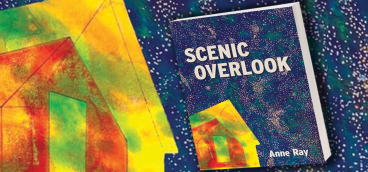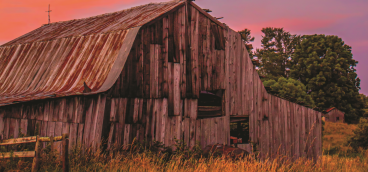Demystifying Creative Nonfiction

For some, Pittsburgh is french fries on salads, rabid Steelers fans and Iron City beer. For others, it’s Andy Warhol, steel mills and pierogies. For Lee Gutkind, it’s the city where creative nonfiction, that nebulous, energetic literary genre he continues to champion, grew into prominence. In his latest book, aptly titled The Fine Art of Literary Fist-Fighting: How a Bunch of Rabble-Rousers, Outsiders, and Ne’er-do-wells Concocted Creative Nonfiction, Gutkind blends personal insight into his decades of involvement in teaching, writing and publishing this new form. The book also gives readers fundamentals on the evolution of this “outsider” writing that took its early cues from leaders of “new journalism,” with luminaries like Wolfe, Talese and Plimpton helping to blaze the path.
Growing up in Squirrel Hill, Gutkind’s own story begins as the son of a shoe salesman. A lackluster student, he entered the Coast Guard, where he began immersing himself in the literature of the time. As a “non-traditional” student at the University of Pittsburgh, he came across others like himself “who were lost or just plain old confused about genre and what to do with the writing they were producing … inadvertently pushing the limits of nonfiction or journalism, letting loose and using literary techniques like dialogue, character description and writing in the first person.” In other words, fulfilling Gutkind’s eventual mantra: “True stories, well told.”
And much like the genre he’d promote well after being christened as its “godfather” by fellow Pitt professor, Bruce Dobler, he struggled to fit in. Describing himself in the mid-1960s as “a hippie motorcyclist with shoulder length hair … who was also a wannabe nonfiction writer, trying to figure out what the writing life was all about and somehow become a part of it” seems to fit the bill. That he’ll compare creative nonfiction to another non-mainstream art form — jazz — doesn’t feel far off, with its “rich mixture of flavors, ideas and techniques, some of which might be newly invented and others, old as writing itself.”
With Gutkind having written 30 books that cover a wide range of topics, including how to write creative nonfiction, his claims that it would take volumes to cover the history of this style of writing don’t seem far-fetched. What The Fine Art of Literary Fist-Fighting… does so well is to show the genre having been practiced in centuries past by heavy-hitters like Dafoe, Montaigne, Dickens, Twain and Hemingway. And perhaps this is the point Gutkind is after: how a “new” form of writing found legitimacy in the academic landscape in spite of the controversies it has created in the literary world.
One dispute is trying to label what Gutkind finds “indefinable.” Though David Madden is first given credit for the term in 1959, Gutkind says he began defining his work as “creative nonfiction” after another Pitt professor, Monty Culver, commented he was “trying to be creative with nonfiction.” Therein lies the bigger controversy: How much truth needs to be included? Is emotional accuracy enough? Where to draw the line? Gutkind includes landmark examples such as Truman Capote’s refusal to take research notes for In Cold Blood, and the fact that Norman Mailer never met or talked with prisoner Gary Gilmore while writing The Executioner’s Song. Of course, the most egregious blurring of lines between fact and fiction occurred when James Frey’s Oprah-selected memoir, A Million Little Pieces, was found to have many purposeful inaccuracies, leaving the author to apologize on national TV.
Though creative nonfiction can feel boundless in its scope, The Fine Art of Literary Fist-Fighting… makes the case for its relevance and Pittsburgh’s role that spans from contemporary practitioners, such as Jeanne Marie Laskas and Rebecca Skloot, all the way back to the immersive work of Nellie Bly, who perfectly summed up the only rule a creative writer should heed: “I have never written a word that did not come from my heart. I never shall.”










